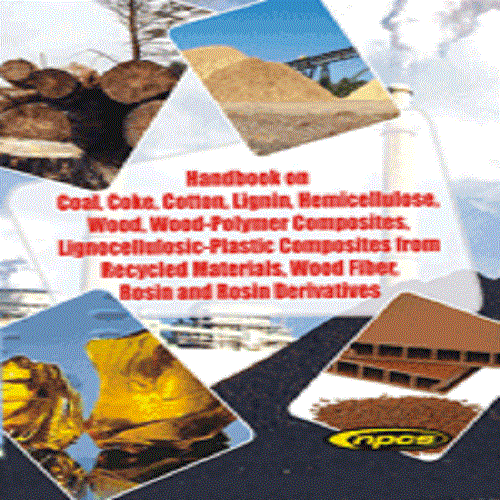Call us: 07317187866
Bamboo Plantation and Utilization Handbook

Product Description
Bamboo is an important non wood forest product. In India, bamboo, which is traditionally considered the Poor man wood, and labelled as Green Gold is being considered a major export item by the centre for the global market. Bamboo is perfectly suited to agro forestry as a woody grass. Bamboo has been exploited from natural stands from time immemorial. Bamboo is increasingly being cultivated like other agricultural crops, that is, in professionally managed plantations. The growth of industries utilizing bamboo requires the sustainable cultivation and management of bamboo resources. India is blessed with very rich bamboo resources. Bamboo can play an important role in raising forest cover and a major role in stabilization of the environmental problems. The annual yield in tonnes/ha depends on the environment as well as the species. It is estimated that almost 25% of the biomass in the tropics and 20% in the subtropics, come from bamboo. The cultivation of bamboo as a wood substitute helps to offset depletion of the rain forest. Its rapid growth ensures an effective reconstruction of damaged eco systems. Bamboo is one of many sustainable non wood resources that can generate income for a large forest dependent rural population and it needs to take further steps to realize its full potential. In India, the North East has the largest stock and diversity of bamboos. Though India has the largest area under bamboo, the yield per hectare is very low compared to other countries. Bamboo plantation rising should be encouraged & promoted due to their high value, productivity, uniformity of crop, choice of species linked to peoples' need and industrial need. Bamboo forest constitutes about 13% of the total forest area of the country. About 50% of bamboo produced in India grows in North Eastern region and West Bengal. India has the second largest bamboo reserves in the world after China.
This book basically deals with bamboos in India, the bamboo plant harvesting, cultivating, silviculture and management, collection of material and preparation of cuttings treatment for root induction in cuttings, preparation of nursery and planting nursery management transplanting, pattern of biomass allocation in growing bambusa bamboos, biochemical characteristics of plantation bamboo leaf (bambusa bambos) with reference to organic productivity, economic analysis, bamboo plantation, problems and prospects, need for bamboo plantation, consumption pattern of bamboos in India, working and finishing qualities of bamboo, bamboos for structural use, pipe water supply system and drainage, bamboo furniture
weaving industry etc.
This book provides a complete detail on Bamboo plantation and its utilization. This book contains chapters like types of bamboo in India, taxonomy, cultivation, harvesting, growth management, bamboo utilization, Bamboo products and many more. This book will be very helpful to all its readers, environmentalists, agronomists, entrepreneurs, industrialists, or anyone with a special interest in bamboo cultivation.
 English
English Spanish
Spanish French
French German
German Italian
Italian Chinese (Simplified)
Chinese (Simplified) Japanese
Japanese Korean
Korean Arabic
Arabic Portuguese
Portuguese



